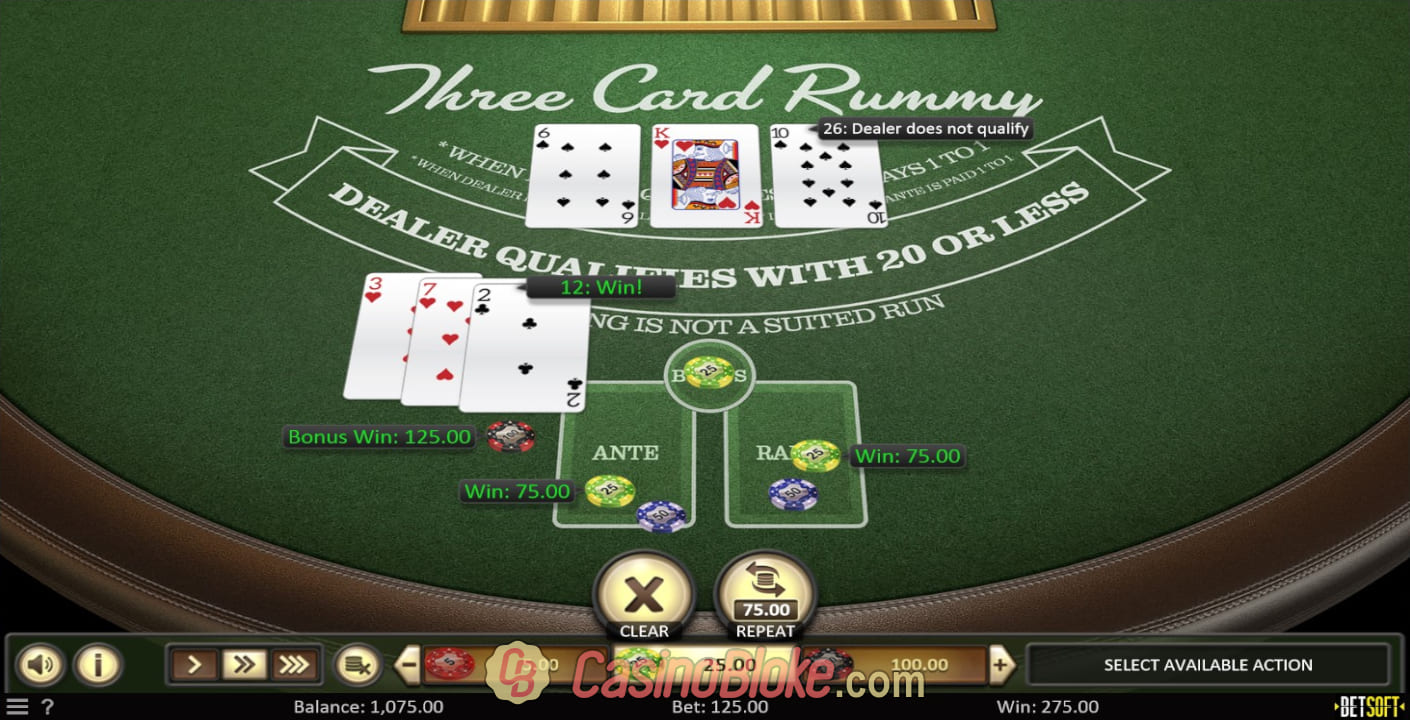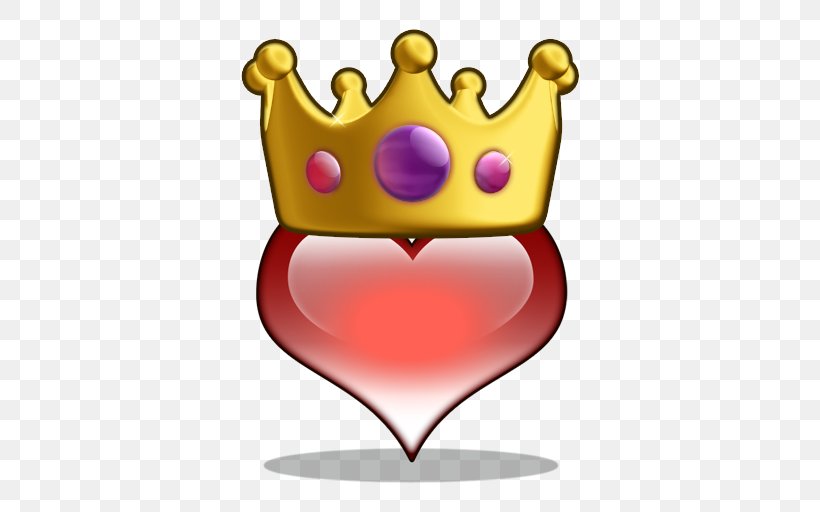Contract Rummy is a card game. My immediate family has been playing Contract Rummy at least since the late 1970s. As far as we can tell, we learned the game from friends in Bellevue, Iowa. In July 2010 we had a rule question not covered by our rule sheets and so we turned to the internet for a judgement-and could not find any reference to a. Contract Rummy is a version of Rummy consisting of a series of rounds. In each round there is a different contract: players have to collect a particular combination of groups and sequences before they are allowed to meld. The contracts become progressively more demanding on each deal. Alternative Names and Variants. Contract Rummy is played over 7 rounds and in each round you must make certain Melds, which are Sets of the same kind of cards or Runs of cards in the same suit. Each contract is more difficult to make with the most difficult being round 7. Desktop now reduced to $4 from $9. Tap blue button beneath image to download from the Windows 8/10 store.
Contract Rummy also commonly known as Liverpool Rummy and Pinochle Rummy is a rummy style game with a specific, set number of deals per game. During each of these deals, players attempt to obtain a specific combination of melds.Contract Rummy can be played with from 3 to 8 players. The number of decks used in the game is dependent on the number of participating players:
- With three or four players, the game should be played with two standard 52 card decks. In addition one joker is added for a total of 105 cards.
- For five to eight players, three regular 52 card decks should be used, plus the addition of two jokers.
For purposes of scoring each card has a specific point value. Aces and wild cards (Jokers) score 15 points each. Kings, Queens and Jacks are 10 points each and all other numbered cards (2 through 10) are worth their numerical value.
To determine which player is to be the first dealer, each player should draw a card from the face down deck. The player whom draws the lowest card is the first dealer. For purposes of this draw the ace is considered low. For the next hand, and each one thereafter until the end of the game, the deal rotates clockwise from player to player around the table.

Once the dealer is selected he shuffles the deck and the player to the dealer's immediate left should cut the cards. The dealer then starts by dealing one face-down card to each player, starting at the player to his left and continuing in a clockwise direction until each player (including himself) has the requisite number of cards for this deal (see below). Once the initial hands are dealt, the dealer places the remainder of the deck in the center of the table face down as the stock pile. He turns over the top card of the stock pile and places it face up beside the stock pile. This is the upcard, which forms the first card of the discard pile.
In Contract Rummy players will attempt to meld cards to the center of the table in either groups or sequences in an effort to be the first to play all of their cards:
- A group is 3 or more cards of the exact same rank, regardless of suit. i.e. 4 threes or 3 Jacks.
- A sequence in Contract Rummy is 4 or more cards of the same suit that are in contiguous sequence. For instance, a player might meld the 3, 4, 5, and 6 of diamonds (♦).
Jokers are considered wild cards and can be used to replace any other single card in a sequence or a group.
A game of Contract Rummy consists of exactly seven deals. What makes this game unique, is that during each of these deals, the player's first meld must constrain to a very specific requirement. The specific first meld requirements as well as the number of cards dealt in that hand to each player are shown in the following table:
|
Contract Rummy Online With Friends
When fulfilling an initial meld requirement of two or more sequences, these sequences must be separate sequences. It cannot be one long sequence simply divided into two or three shorter ones. In other words, there must be a gap of at least one missing card between each sequence.
An Ace may be melded as either high or low in a sequence, but the sequence cannot roll over or go 'round the corner' (i.e. a sequence containing a 2 would have the 2 as either the lowest or highest card in that particular sequence). Thus, a long sequence could possibly contain two aces, one at each end although it may not contain any other duplicate cards (other than possibly jokers, as appropriate).
| An example of a possible meld in the seventh hand in the game of Contract Rummy |
First, the player decides if he wants to take the top, face-up card of the discard pile. If he opts to take this card he immediately adds it to his hand. If, however, he chooses not to take this card, he must indicate this and each other player, in the order of their regular turns, has the option to take this card. If any player, in this way, does take this card out of their regular turn, they must also immediately take the top card of the draw pile. They do not discard after taking these cards as this is not considered an actual turn for that player. If the original player chose not to take the card, regardless if any other player took the card or not, the original player must then take the top card of the stock pile. After this, regardless of which card this first player took he continues his turn as normal.
A player may not lay down any melds or lay off cards on other player's melds until he plays the entire initial meld contract requirement for the deal on the table in front of himself. When laying down this initial meld, he must meld the required meld down exactly, no more or no less cards can be played when playing this original meld. Once a player has laid down this required initial meld, he may not meld any other entire melds, but may add to any melds already on the table (either his own or other player's melds). After melding, if willing and able, the player must discard one card from their hand to the discard pile. However, on the seventh, last hand of the game, the player need not discard and can simply lay down his initial meld on the table in going out. After discarding (unless it was the player's last card) the turn rotates clockwise to the next player.
When a player has no more cards after discarding at the end of the turn (or playing all his cards on the seventh hand) the hand immediately ends and scores are totaled for each player.
Jokers: When a joker is played on the table, the individual playing the card must state what this card is to represent. If a player, on their proper turn, has the natural card for which the joker represents in their hand, they may replace the joker from the table with the natural card from their hand, taking the Joker into their hand. In order to make this exchange, however, the player must have already on this hand, played to the table the initial meld for the hand. This Joker can then be used, at the player's option as any other card of their choice in melding.

Contract Rummy Score Sheet
Scoring and Winning the Game:Contract Rummy Online
Once one player plays his last card the hand immediately ends and the hand is scored. The cards remaining in each of the other players' hands is then added to that player's score as per the scoring values given above. After the completion of the seventh hand, all the players' scores are totaled and the player with the lowest score is declared the winner of the game.

Once the dealer is selected he shuffles the deck and the player to the dealer's immediate left should cut the cards. The dealer then starts by dealing one face-down card to each player, starting at the player to his left and continuing in a clockwise direction until each player (including himself) has the requisite number of cards for this deal (see below). Once the initial hands are dealt, the dealer places the remainder of the deck in the center of the table face down as the stock pile. He turns over the top card of the stock pile and places it face up beside the stock pile. This is the upcard, which forms the first card of the discard pile.
In Contract Rummy players will attempt to meld cards to the center of the table in either groups or sequences in an effort to be the first to play all of their cards:
- A group is 3 or more cards of the exact same rank, regardless of suit. i.e. 4 threes or 3 Jacks.
- A sequence in Contract Rummy is 4 or more cards of the same suit that are in contiguous sequence. For instance, a player might meld the 3, 4, 5, and 6 of diamonds (♦).
Jokers are considered wild cards and can be used to replace any other single card in a sequence or a group.
A game of Contract Rummy consists of exactly seven deals. What makes this game unique, is that during each of these deals, the player's first meld must constrain to a very specific requirement. The specific first meld requirements as well as the number of cards dealt in that hand to each player are shown in the following table:
|
Contract Rummy Online With Friends
When fulfilling an initial meld requirement of two or more sequences, these sequences must be separate sequences. It cannot be one long sequence simply divided into two or three shorter ones. In other words, there must be a gap of at least one missing card between each sequence.
An Ace may be melded as either high or low in a sequence, but the sequence cannot roll over or go 'round the corner' (i.e. a sequence containing a 2 would have the 2 as either the lowest or highest card in that particular sequence). Thus, a long sequence could possibly contain two aces, one at each end although it may not contain any other duplicate cards (other than possibly jokers, as appropriate).
| An example of a possible meld in the seventh hand in the game of Contract Rummy |
First, the player decides if he wants to take the top, face-up card of the discard pile. If he opts to take this card he immediately adds it to his hand. If, however, he chooses not to take this card, he must indicate this and each other player, in the order of their regular turns, has the option to take this card. If any player, in this way, does take this card out of their regular turn, they must also immediately take the top card of the draw pile. They do not discard after taking these cards as this is not considered an actual turn for that player. If the original player chose not to take the card, regardless if any other player took the card or not, the original player must then take the top card of the stock pile. After this, regardless of which card this first player took he continues his turn as normal.
A player may not lay down any melds or lay off cards on other player's melds until he plays the entire initial meld contract requirement for the deal on the table in front of himself. When laying down this initial meld, he must meld the required meld down exactly, no more or no less cards can be played when playing this original meld. Once a player has laid down this required initial meld, he may not meld any other entire melds, but may add to any melds already on the table (either his own or other player's melds). After melding, if willing and able, the player must discard one card from their hand to the discard pile. However, on the seventh, last hand of the game, the player need not discard and can simply lay down his initial meld on the table in going out. After discarding (unless it was the player's last card) the turn rotates clockwise to the next player.
When a player has no more cards after discarding at the end of the turn (or playing all his cards on the seventh hand) the hand immediately ends and scores are totaled for each player.
Jokers: When a joker is played on the table, the individual playing the card must state what this card is to represent. If a player, on their proper turn, has the natural card for which the joker represents in their hand, they may replace the joker from the table with the natural card from their hand, taking the Joker into their hand. In order to make this exchange, however, the player must have already on this hand, played to the table the initial meld for the hand. This Joker can then be used, at the player's option as any other card of their choice in melding.
Contract Rummy Score Sheet
Scoring and Winning the Game:Contract Rummy Online
Once one player plays his last card the hand immediately ends and the hand is scored. The cards remaining in each of the other players' hands is then added to that player's score as per the scoring values given above. After the completion of the seventh hand, all the players' scores are totaled and the player with the lowest score is declared the winner of the game.
If the stock pile is exhausted before any player has won the deal, the discard pile (all but it's top card) should be shuffled together by the original dealer and placed face down to start a new stock pile.
